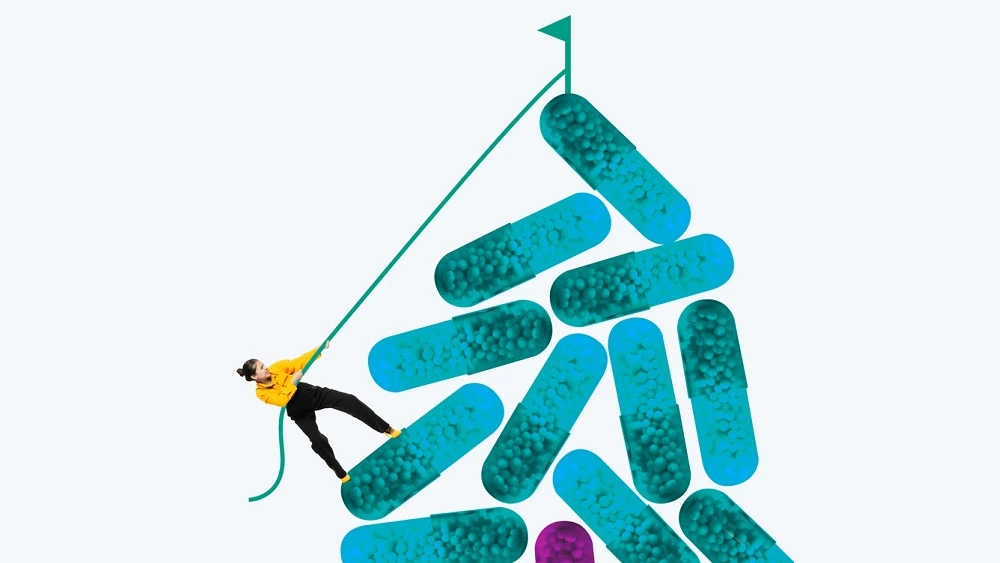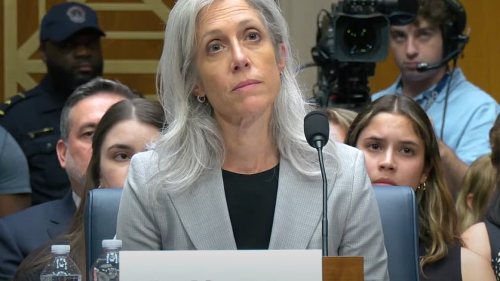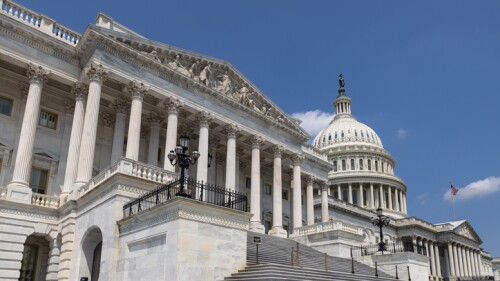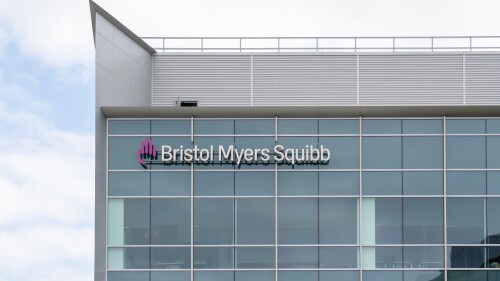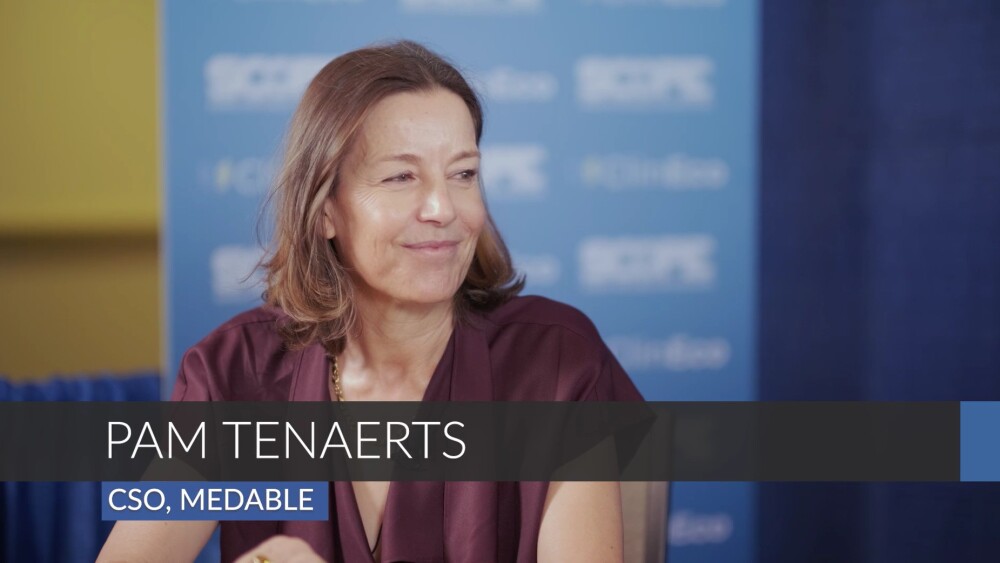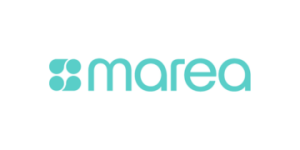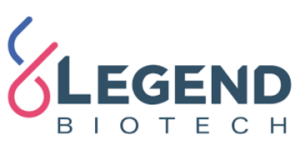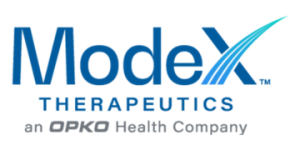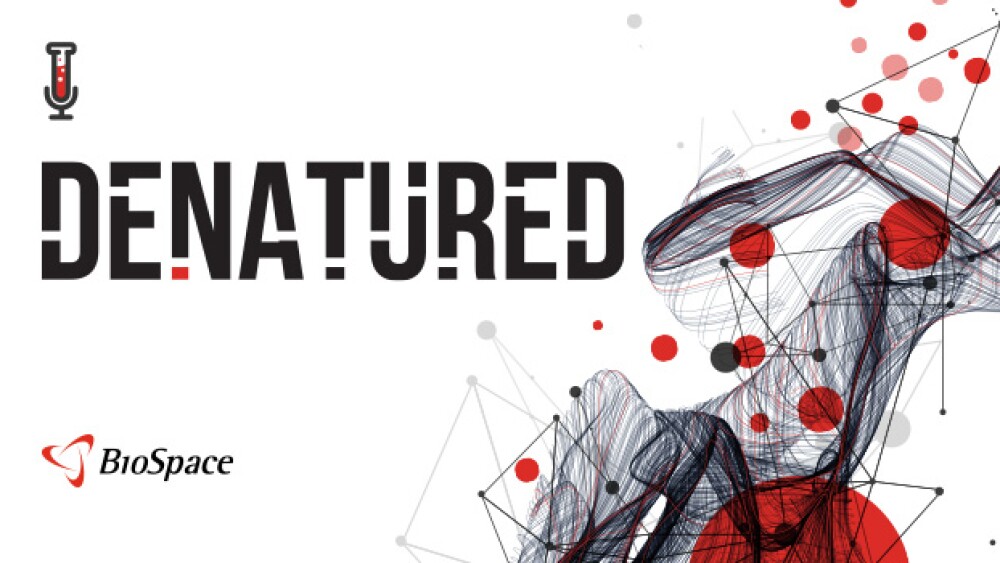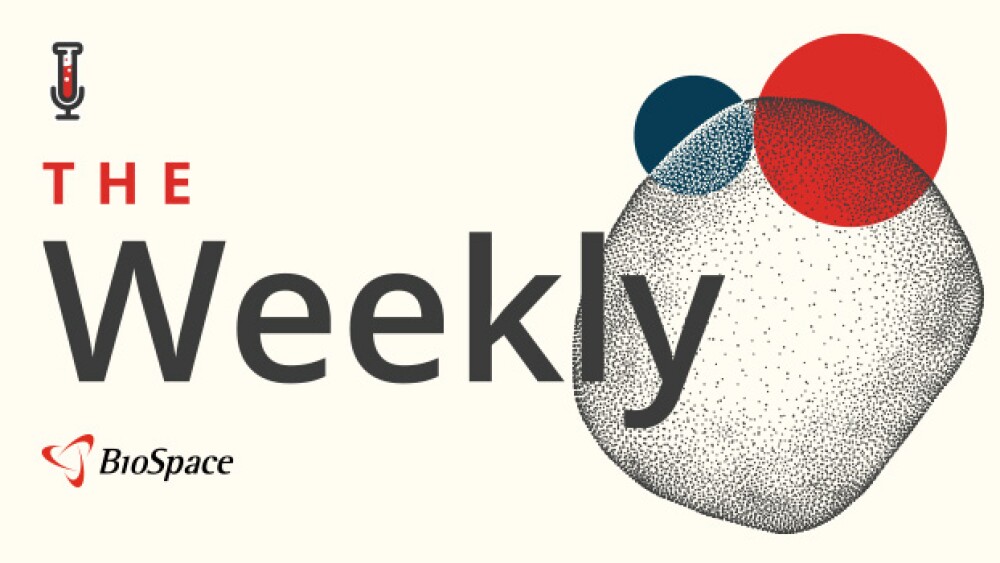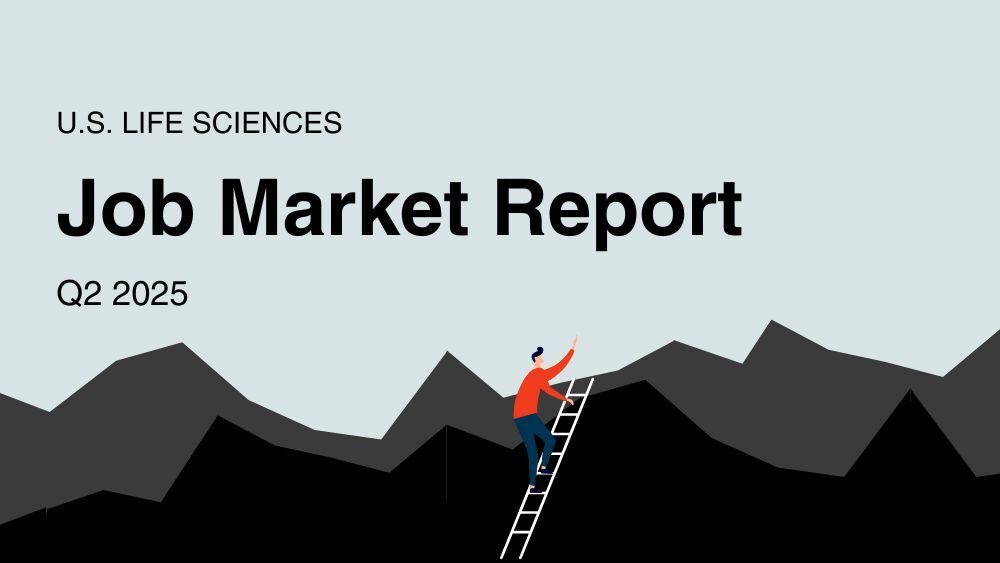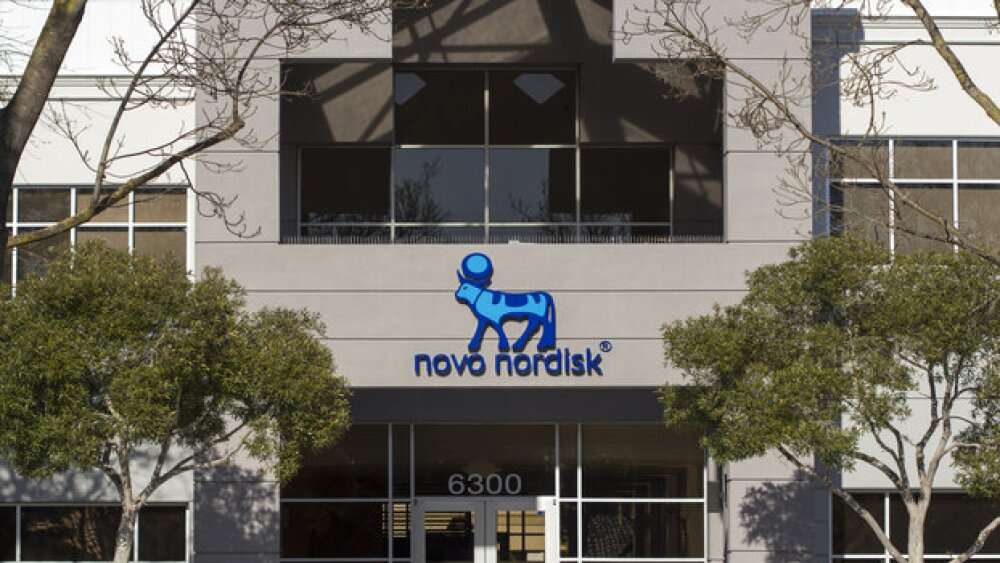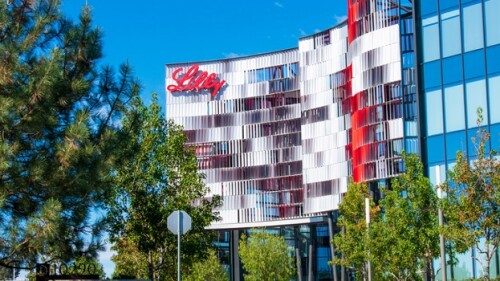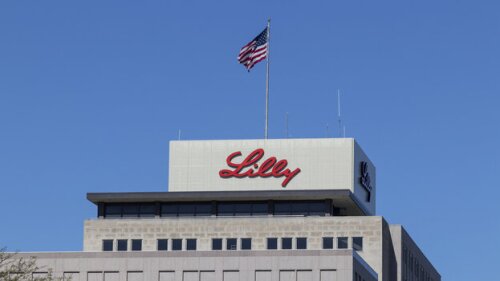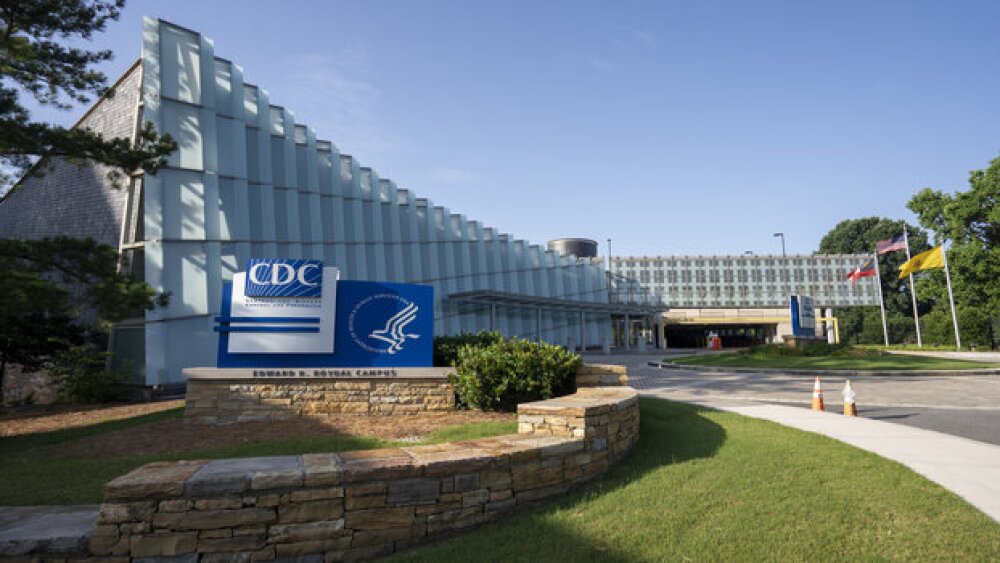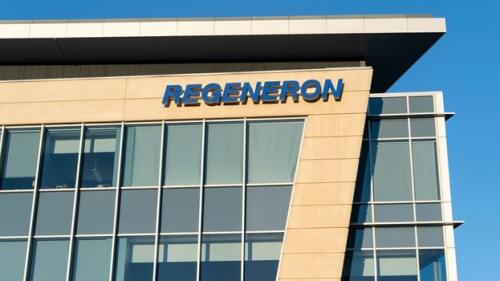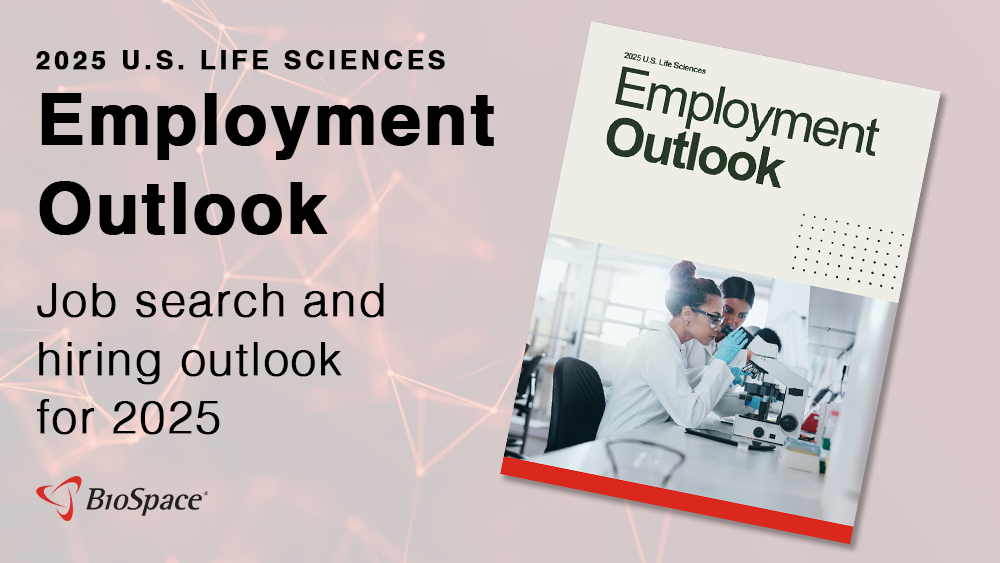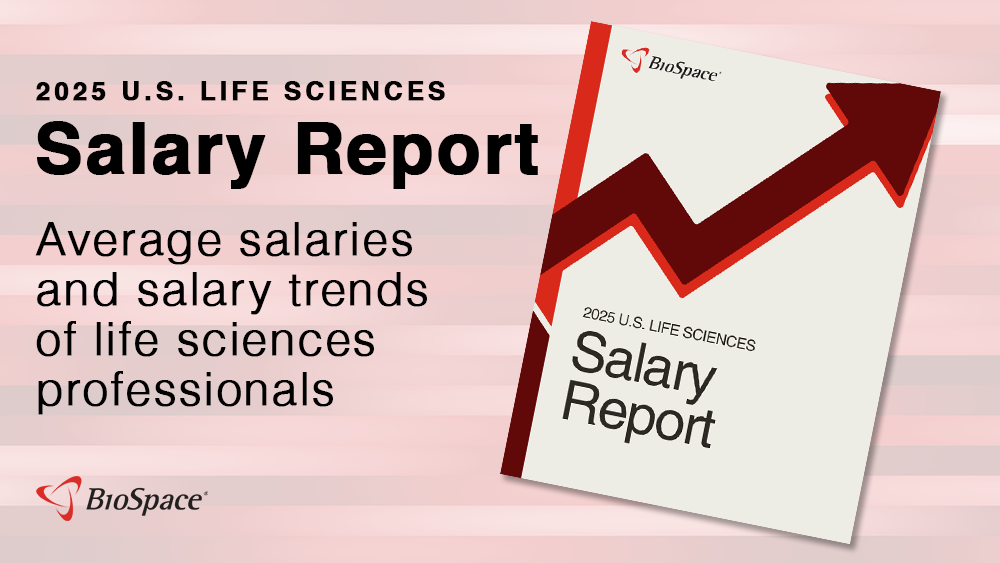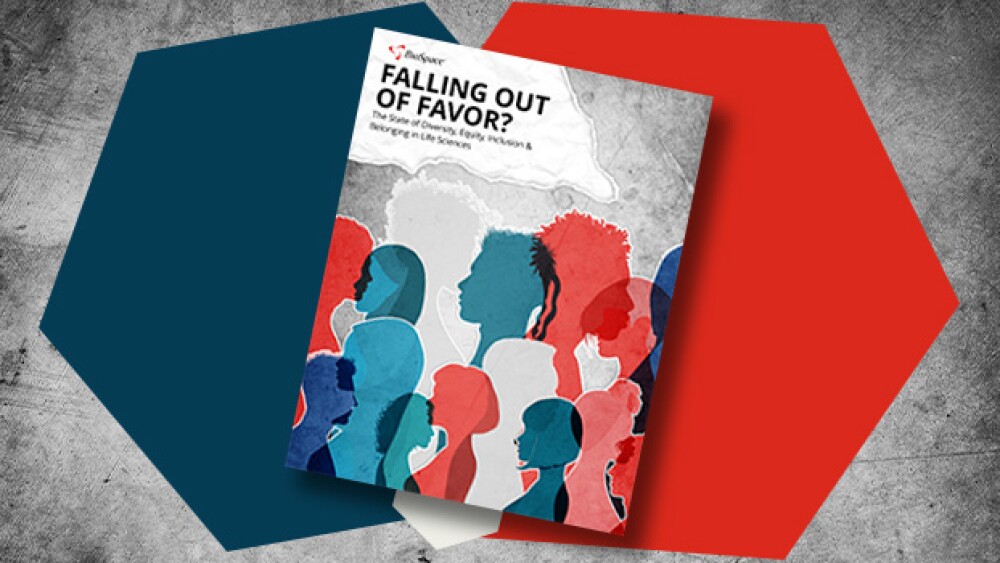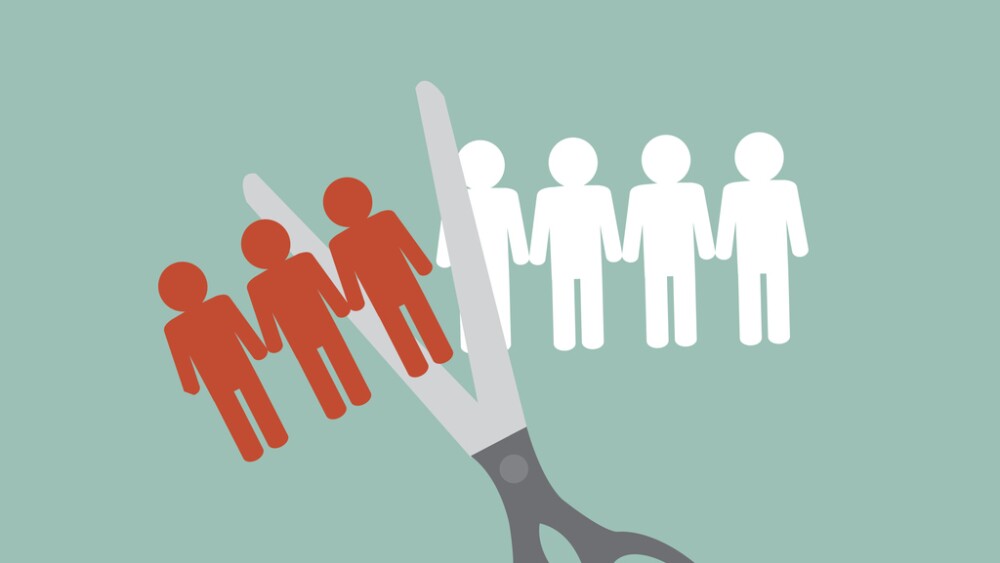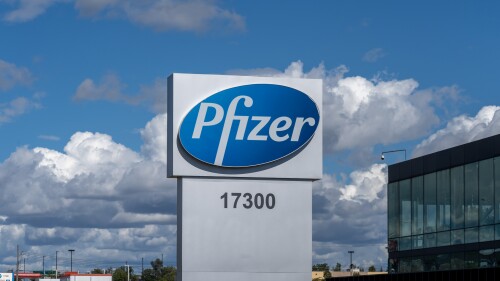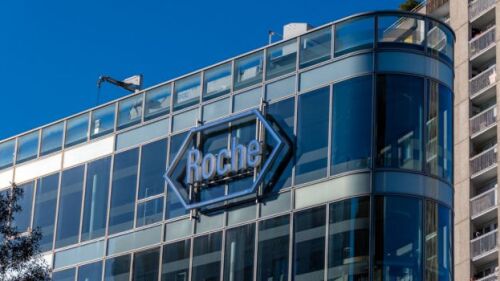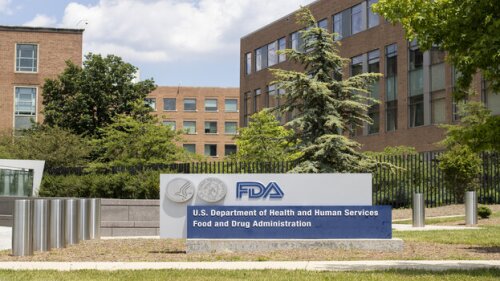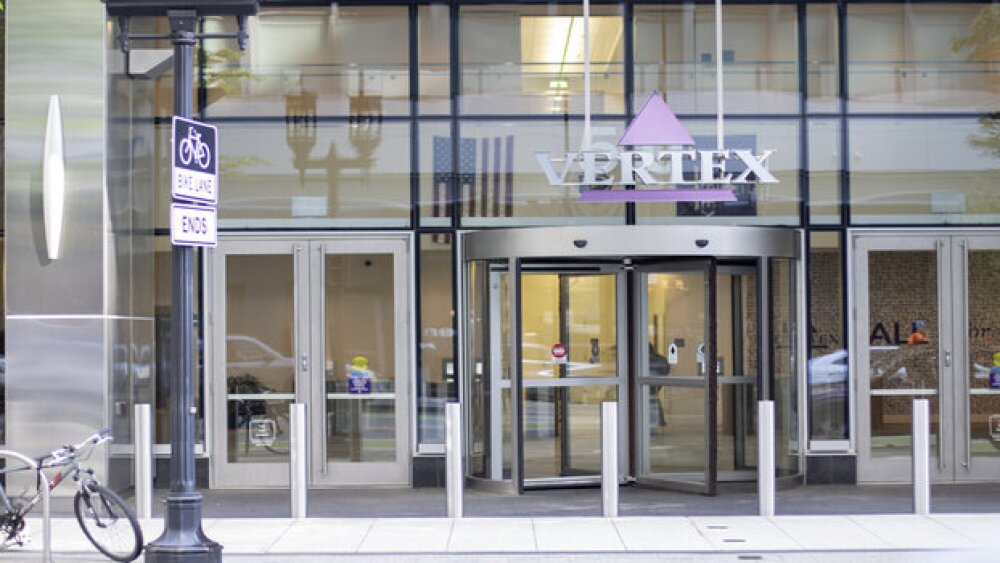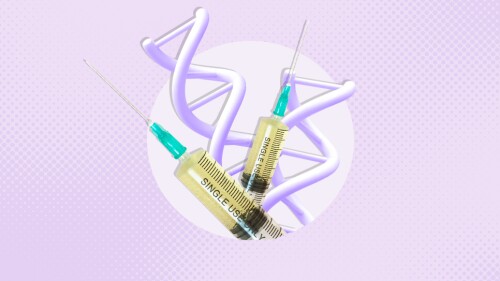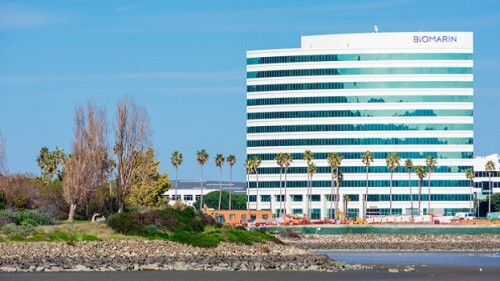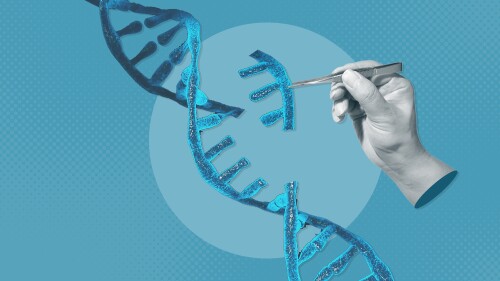A new version of the controversial bill removes the specific company names that were included in a previous iteration but still requires the industry to ditch Chinese biotech contractors in order to receive federal dollars.
Investor reaction to the deal was muted, with BMO Capital Markets analysts saying they “continue to look for more” from Bristol Myers Squibb before they can “get excited about the near term turnaround story.”
AviadoBio will have the option to exclusively license UGX-202, a vision-restoring gene therapy for the rare eye condition retinitis pigmentosa.
GoodRx, an online platform that offers drug discount coupons to patients, is in talks with the government to participate in the forthcoming TrumpRx program.
The British proposal to increase support for pharma is “clearly positive,” according to analysts at Leerink, who noted that the NHS’ move will improve patient access to treatments.
Novo will add Akero’s efruxifermin to its MASH portfolio, which includes Wegovy after the GLP-1 gained an FDA nod in the indication earlier this year.
FEATURED STORIES
As high prices and supply issues drive consumers to alternative markets for GLP-1s, physicians aren’t too interested in using these therapies to treat conditions like heart disease risk that have existing cheap standards of care.
SpringWorks Therapeutics sprung out of Pfizer’s storeroom, when a rare disease advocacy group pushed to keep a program for neurofibromatosis alive. This method could work for “every rare disease under the sun,” advocates say.
SpringWorks Therapeutics is the perfect case study for rescuing a discontinued assets. It’s time to repeat the process for every rare disease, experts say.
The industry remains unwavering in the commitment to increased clinical trial accessibility and representation.
Price-negotiation provisions that are out of step with reality are discouraging funders and Big Pharma partners from investing in potentially transformative therapies. Fixing some of the unintended consequences of the IRA will clear the way for innovative medicines to reach patients in need.
Non-opioid pain therapies are entering an unprecedented era, marked by the landmark FDA approval of Vertex’s Journavx and a growing number of alternative approaches. Their ultimate uptake, however, remains to be seen.
LATEST PODCASTS
The pharmaceutical industry is facing critical attention, particularly around drug pricing and development costs. Drug development cost is about 10% of the total healthcare spend in the United States. Broader issues such as local monopolies, utilization, unit, and costs and local monopolies, politics and a fragmented payer system contribute to the increasingly high costs to patients.
Bayer cut its C-suite nearly in half amid a massive restructuring. Meanwhile, the U.S. government says it will pay for Wegovy for patients with heart disease.
This week, we’re talking money! Following the release of BioSpace’s 2024 Salary Report, we discuss salary trends and how they are impacting the biopharma workforce.
Job Trends
Pfizer Highlights Progress in Accelerating Breakthrough Cancer Medicines at ASCO 2024 Annual Meeting
Pfizer Inc. highlights its progress in advancing new potential standards of care in Oncology at the 2024 American Society of Clinical Oncology Annual Meeting, taking place May 31 to June 4 in Chicago.
Subscribe to GenePool
Subscribe to BioSpace’s flagship publication including top headlines, special editions and life sciences’ most important breaking news
SPECIAL EDITIONS
In this deep dive, BioSpace investigates China’s rise as a biotech powerhouse.
BioSpace did a deep dive into biopharma female executives who navigated difficult markets to lead their companies to high-value exits.
BioSpace data show biopharma professionals faced increased competition for fewer employment opportunities during the second quarter of 2025, with increased pressure from further layoffs.
DEALS
-
After being spun off of sequencing giant Illumina, Grail on Tuesday is set to start trading on the Nasdaq Global Select Market following a years-long antitrust battle with regulators.
-
The combined company began trading Friday under the Nasdaq symbol TECX. A $130 million private placement was also completed, with a cash runway into mid-2027.
-
Vanda Pharmaceuticals has rejected two unsolicited takeover offers, saying that they are “opportunistic attempts” to acquire the biotech at a heavily discounted price.
-
The pace of mergers and acquisitions has accelerated. In this deep dive, BioSpace takes a closer look at the nature of recent deals and the players involved.
-
Telix abruptly pulled the plug on its initial public offering plans to begin trading Friday on the Nasdaq, saying the company “did not feel that the proposed discounts were aligned with its duty to its existing shareholders.”
WEIGHT LOSS
-
Novo Nordisk has nominated semaglutide for inclusion in the FDA’s Demonstrable Difficulties for Compounding list, which includes drugs that are too complicated to produce and could pose substantial safety risks to patients if manufactured incorrectly.
-
Monday’s lawsuits from Eli Lilly are the first to be filed by the pharma since the regulator officially removed tirzepatide from its drug shortage database earlier this month.
-
This week marked the start of the third-quarter earnings season, with Johnson & Johnson exceeding Wall Street’s expectations. Pfizer is projected to have a strong quarter, while Eli Lilly could pull ahead of Novo Nordisk in the obesity space. Moderna, by contrast, has a decidedly negative outlook.
-
Pressure has been mounting for the Federal Trade Commission to take action, with Senator Elizabeth Warren last week urging FTC Chair Lina Khan to block the merger if it violates antitrust laws.
-
While the regulator conducts another review into the supply of Eli Lilly’s tirzepatide, compounders will be able to continue selling their own remixed versions of the blockbuster drug.
POLICY
-
Democratic senators from Georgia, Oregon, Maryland and New Mexico called the Trump administration’s decision to terminate hundreds of CDC staffers reckless and unfair.
-
The CDC budget cuts could pose headwinds for HIV drugmakers like Gilead and Merck but are unlikely to severely cripple their HIV divisions, according to analysts.
-
The appeals court for the Federal Circuit upheld a lower court’s ruling, finding that Regeneron has not sufficiently established that Amgen’s biosimilar Pavblu violates key patents of Eylea.
-
The recommendations were made in a closed session with representatives from CBER, the CDC and Department of Defense.
-
As Marty Makary and Jay Bhattacharya sail through the Senate health committee vote, Weldon’s confirmation hearing is canceled. Guggenheim Partners heralded the last-minute move to revoke Dave Weldon’s nomination as “a positive sign for reigning in vaccine criticism.”
As we leave the winter of 2020-21 behind, let’s learn more about the strategies to help college graduates secure employment during COVID-19.
Let’s review the six tips for finding work during the coronavirus pandemic.
To help you kick off your yearly goal planning, we put together a series of prompts to get your brain mulling over achievable goals to set for 2021.
Use these ways to immediately make the a new co-worker feel at ease.
There are a few lessons from the pandemic about the work which everyone should learn to be more productive. We have compiled the list of them. So let’s take a look.
Think about why you are the best candidate for the position and sell yourself. Here are a few ways to do that.
HOTBEDS
REPORTS
In this Employment Outlook report, BioSpace explores current workforce sentiment, job activity trends and the prospective job and hiring outlook for 2025, particularly as it compares to the previous year.
BioSpace’s third report on diversity, equity, inclusion and belonging in life sciences examines dramatic shifts in attitude around diversity initiatives.
CANCER
-
Staff cuts will leave IGM Biosciences with 37 employees. The company is also halting development of two bispecific antibody T cell engagers for autoimmune diseases.
-
If approved, Pfizer’s sasanlimab will distinguish itself from Merck’s blockbuster Keytruda as the first PD-1 inhibitor indicated in combination with BCG for high-risk non-muscle invasive bladder cancer patients who had not previously undergone BCG treatment.
-
On Thursday, Boehringer Ingelheim announced a partnership with Synaffix to advance antibody-drug conjugates and exercised its fourth license option under a 2013 collaboration with Oxford BioTherapeutics.
-
In a deal expected to close in Q1 2025, Roche will gain access to Poseida’s off-the-shelf CAR T candidates.
-
Among the FDA’s pending decisions for this quarter are Vertex’s non-opioid pain drug and Sanofi’s RNA interference therapy for hemophilia A and B.
NEUROSCIENCE
-
Analysts did not seem very concerned by the treatment-related serious adverse event, noting that NGN-401 was well-tolerated at a lower dose and showed promising efficacy outcomes.
-
The shocking failure of AbbVie’s emraclidine has investors questioning the Big Pharma’s long-term neuroscience strategy, which put the drug at the center of expectations.
-
The past four years have brought disappointment for the Huntington’s community, but optimism is growing as companies including Prilenia and Wave Life Sciences eye paths to approval of therapies that could address the underlying cause of the disease.
-
A fatal, highly hereditary illness with no disease-modifying treatments, Huntington’s is long overdue for a therapeutic win. Here, BioSpace looks at five candidates that could change the trajectory for patients.
-
With Eisai and Biogen’s Leqembi and Eli Lilly’s Kisunla launching onto the market, the 2024 Clinical Trials of Alzheimer’s Disease conference focused on the role these drugs might play, as well as combination therapies and innovative new treatment options.
CELL AND GENE THERAPY
-
Patients in the U.K. with transfusion-dependent beta-thalassemia will have access to Vertex Pharmaceuticals’ gene editing therapy Casgevy, thanks to an agreement with the National Health Service on the price.
-
Experts say the time is now to develop and provide widespread access to genetic medicines for the rarest diseases. What’s more, they say it is a moral imperative.
-
BioMarin Pharmaceuticals on Monday said it is restricting sales of its hemophilia A gene therapy to three countries in an effort to reduce costs and help the treatment become profitable by 2025.
-
Longeveron and Lexeo Therapeutics are working on CGT therapies to treat Alzheimer’s disease, but it’s not clear whether they have a better chance of success than traditional approaches.
-
Ultracompact CRISPR systems, which are in some cases one-third the size of Cas9, are being designed to be more specific and enable in vivo gene editing in difficult to reach tissues.

